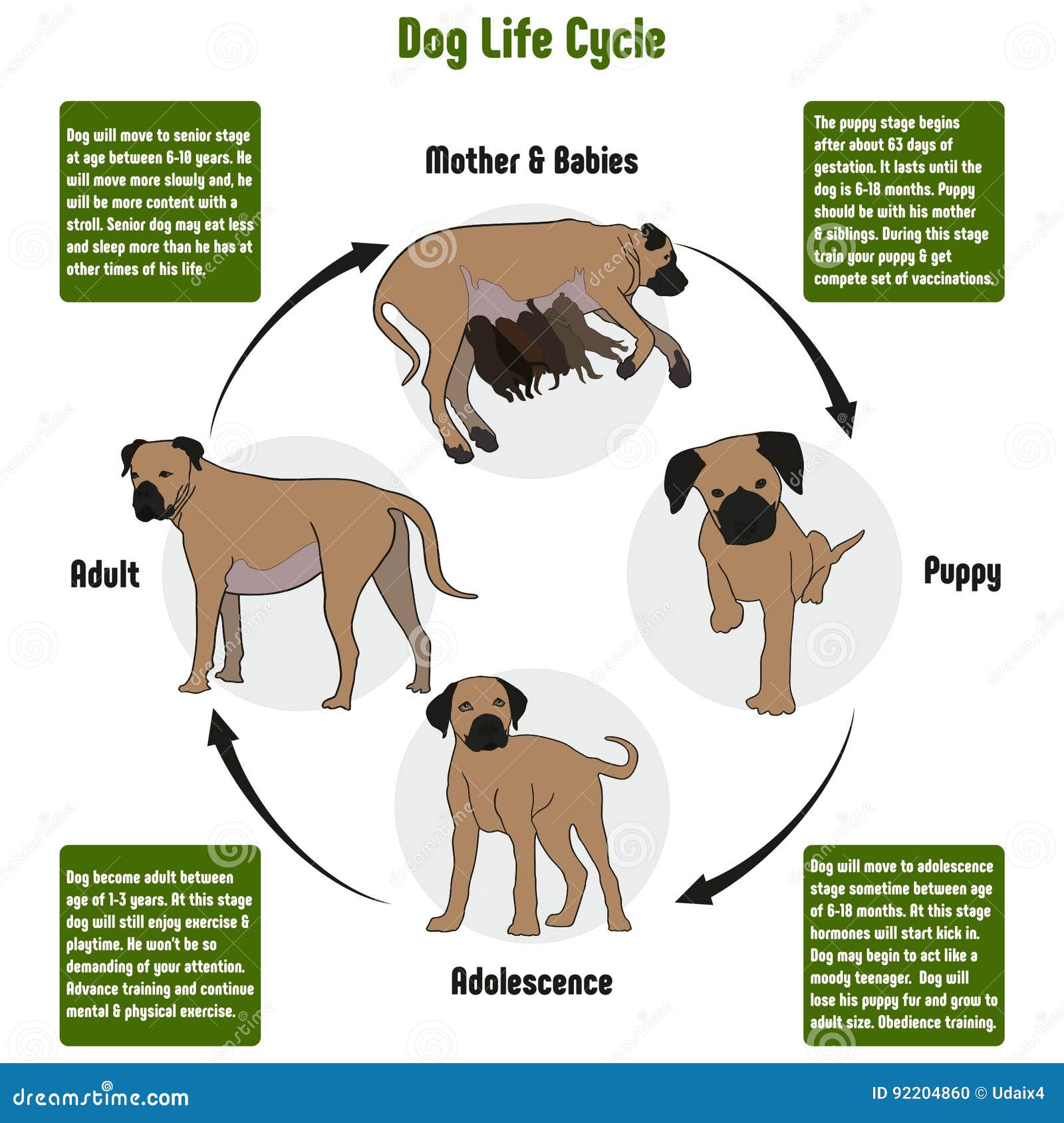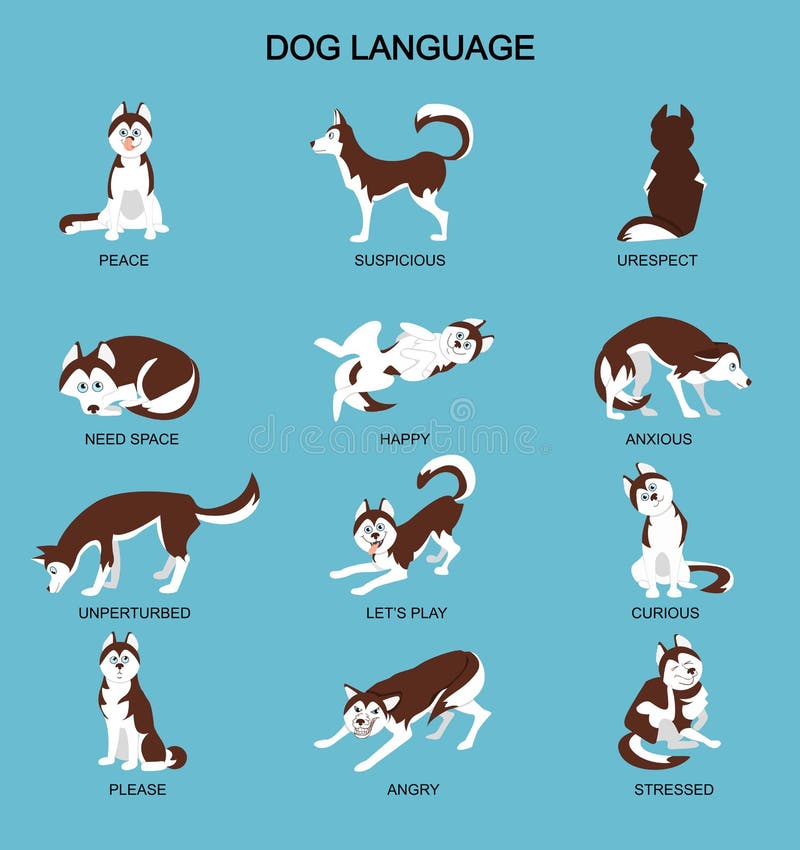Live of dogs

Do you wonder what are the best dog breeds?
In our complete list you can also filter according to their abilities, by their level of physical activity or life expectancy, among other factors. So discover all the dog breeds in the world! You will love to meet them! Likewise, you can also filter by large dog breeds, medium dog breeds or small or small dog breeds. We will also tell you which are the dangerous dog breeds according to Spanish law. Beagle, Jack Russell Terrier, German Shepherd, Toy Fox Terrier, Yorkshire Terrier, Chihuahua, German Shepherd, Akita Inu, Labrador Retriever, Bulldog, Boxer, Border Terrier or Bernese Mountain Dog are some of our most sought after dogs, but there are many more...
How many breeds of dogs are there in the world?
The number of dog breeds is growing every year, and although their official number is 343, researchers admit that there could be many more.
How many different dog breeds are there in the world?
This question may not be as easy to answer as it seems. The first difficulty arises when one searches the different national canine federations in search of an answer and finds that not all varieties of dogs are accepted as distinct breeds in all associations.
However, when it comes to canine breeds, there is an international body recognized as a world reference institution in these gene issues: the International Cynological Federation. This entity affirms that there are a total of 343 breeds of dogs on our planet and classifies them into ten groups.
Group 1. Shepherd and cattle dogs.
Group 2. Pinscher and schnauzer dogs. Molosoides (shepherds), mountain and Swiss cattle breeders.
Group 3. Terriers.
Group 4. Dachshunds.
Group 5. Spitz-type dogs and so-called primitive types.
Group 6. Bloodhounds and trackers.
Group 7. Pointers and setters.
Group 8. Hunting and water dogs.
Group 9. Companion dogs and toys.
Group 10. Greyhounds (like the greyhound).

CHOOSING THE PET AND ARRIVAL HOME
The first thing you have to ask yourself is if you are willing to adopt an animal and if it suits you. To do this, you must be willing to dedicate part of your time to the new pet, be patient and persevering, share part of your free time with the animal and know how to act firmly when faced with its possible behavior. To achieve the best possible coexistence with the dog, it is essential to take into account the characteristics of each breed and provide adequate care during the first weeks.
The accessories that must be purchased before the arrival of the new animal at home are a bed, a feeder and a drinker, accessories such as a leash and collar in the case of dogs and a plastic bucket for stool litter in the case of cats. You should also have a toiletry bag containing combs or brushes, wet wipes for cleaning eyes and ears, and a nail clipper.
FOOD
It is very important to keep our pets that they eat a balanced diet that meets their energy needs and provides adequate nutrients.
Ideally, both for dogs and cats, is that they consume dry food, adapted to each stage of growth and each need. They should never consume raw food as these could be a source of parasitic diseases. It is convenient to prevent obesity. A normal animal should have palpable ribs and an hourglass shape when viewed from above. There are currently numerous commercial diets on the market that can help us avoid obesity.
During gestation or lactation periods, bitches and cats should be provided with a high-end commercial food, especially during the last three or four weeks of gestation and throughout lactation. The ration should also be increased, especially during lactation, at a rate of 1.5 times the amount necessary for normal maintenance during the first week, 2 times more in the second week and up to 3 times more in the third week of lactation.
HYGIENE
Bathing : Experts do not agree on the frequency of bathing. In general, it should not be less than once a month. Some authors point out that it should be done when they need it, for example when the coat is dirty. Although cats are usually less tolerant than dogs with bathing, it is possible to make the kitten accept it and get used to it. Special gels for pets are recommended.
Brushing : The best way to maintain its hygiene without altering its skin is daily brushing.
Ears : They should be cleaned with a gauze. There are specific products, they are poured into the ear canal and the area is massaged and then cleaned with gauze.
Nails : In dogs that do not wear well should be cut, especially in the dewclaws. For cats there are accessories on the market for scratching so that cats keep their nails in perfect condition.
Dental check-up: by gently pressing the mouth joint with your fingers, your cat will open its mouth and you will be able to see the state of its teeth. The teeth clean themselves by chewing dry food or chewing on special toys. Tartar and bad breath should be treated by the veterinarian.
EDUCATION
Dogs are social and hierarchical animals: this means that from puppyhood they need to know and assume their "place" in the family and outside it (in the park, in the presence of strangers at home, in the usual places of passage such as the veterinary clinic, in the homes of relatives, etc.). There is a fundamental period in the development of behavior called the "sensitization period" which lasts from 3 to 10 weeks and during which the puppy must assimilate everything that happens in its environment. The socialization of the animal makes them more accepting of other animals, both of their own species and others, and habituation makes them capable of facing the environmental stimuli that they will encounter throughout their lives.
We must teach them some basic rules of coexistence through the learning of very simple obedience behaviors. To do this, you should say their name before giving them a command using a short phrase. Always work with positive reinforcement. For example, if he pulls on the leash, shorten the distance and reward him when he does not pull, teach him the "sit" (sit) by gently pressing his hind end and to make him lie down on the floor you can press his back down and pull his front paws forward. Undesirable behaviors such as biting should also be corrected. To do this, hold the dog's muzzle with one hand on top and exert more or less force depending on the situation and the breed of the dog.
The language of cats is more complicated, although there are typical postures that obey their instincts and are very easy to know (hiding under something, stretching and yawning, hunting posture...). Cats also have a body language, a vocal language that we must learn to know and a marking instinct through urine elimination.
SEXUAL CYCLE AND STERILIZATION
Bitches can have their first heat between 6 and 10 months of age. Female cats can have several estrus in a row and their cycles are influenced by environmental temperature and sunlight.
Vaginal bleeding is a normal occurrence in bitches and occurs in the first phase of the cycle. This phase lasts 10 days on average but can vary from 3 days to 3 weeks. In this phase males are attracted, but females are not yet receptive. When a female cat is in heat she is restless, wanders around, hardly eats, rubs herself on the floor and meows constantly. When the cat is ready for mating she will mate several times, usually with several other cats.
Neutering is a surgical process that consists of the total or partial removal of the reproductive organs and is performed on both males and females. This procedure increases their quality of life and life expectancy by decreasing the possibility of developing uterine infections, tumors and diseases of the reproductive organs. There are other methods of reproductive control based on the application of oral or injected drugs, although castration is the method of choice for three reasons: to prevent unwanted pregnancies, to prevent the development of the aforementioned diseases, and to control or eliminate behavior related to sexual hormones.
VISITS TO THE VETERINARIAN
In general, both cats and dogs need to be dewormed and vaccinated. The vaccination schedule will be established by your veterinarian and the annual doses for most vaccines in adult animals and for puppies will vary according to each protocol.
As a general rule and in the absence of disease symptoms, you should visit your veterinarian at least once a year. It is important that at this visit the animal's microchip reading is checked and a complete examination of the animal is made. Take note of the veterinarian's recommendations. If you detect that your pet is not eating or is drooping, go to the veterinarian. When you go to the vet, write down the abnormal symptoms you may have observed in your dog or cat, in case of cats, move them in a carrier and do not leave them loose in the waiting room.
PHYSICAL EXERCISE
For the pet to be healthy and fit, it should exercise periodically. However, it is necessary to avoid the hours of the day when it is the hottest; since the dog tends to spend them sleeping. Also, like people, dogs suffer from injuries, strains and sprains, so it is necessary to control their physical activity and make sure that they do not over-exercise or engage in dangerous activities. Exercise is necessary to allow the dog to express normal canine behaviors, such as exploring, following scent trails, etc. This time can also be used to improve training and to strengthen pet-owner relationships.
Brachycephalic dogs are those that have a skull with different characteristics from the rest of the breeds: short head and flattened face, soft and elongated palate, short nasal bones and nostrils, often smaller than usual.
Which dog breeds suffer most from brachycephalic syndrome?
French Bulldog
English Bulldog
Pugs/Carlins
Pekingese
Boston Terrier

Boxer
Shih Tzu
What is brachycephalic syndrome?
This syndrome basically consists of anomalies that, individually or together, cause obstruction of the upper respiratory tract. These anomalies can be more or less present depending on the breed and anatomy of the animal. Not all dogs of the above breeds will suffer from SBC. Some cat breeds such as Persian cats also suffer from it and, although the symptoms are similar, in this article we will talk exclusively about canines.
Thus, in brachycephalic dog breeds it is important to take into account:
Their soft palate veil is thick and long in proportion.
Stenotic nostrils. Narrow and reduced nostrils.
Trachea with a smaller diameter than usual.
Eversion of the laryngeal saccules. The laryngeal saccules are small parts of the inner tissue of the larynx that protrude in front of the vocal cords and, due to heavy breathing and dragging, can make it increasingly difficult for air to pass into the trachea.
What are the symptoms of brachycephalic syndrome?
In addition to being aware of the increased susceptibility to heat stroke, any owner of a dog of the above breeds should pay attention to these symptoms.
Difficult and/or noisy breathing.
Coughing and sneezing.
Difficulty swallowing.
Reflux and/or regurgitation of food.
Excessive production of foam or drool.
Difficulty exercising, manifested by fatigue.
Blue gums (cyanosis), which may denote lack of oxygen in the blood.
Snoring or wheezing, even when there is no physical activity.
Syncope or fainting associated with physical exertion, coughing episodes or excitement.
All these symptoms can be aggravated in the hot months and aggravated in summer. It is essential to act on these symptoms to avoid chronic health problems. The tips to avoid heat stroke and to act in case it occurs are the same as for other breeds, although when we talk about brachycephalic dogs, their respiratory complications can be aggravated more and faster than in other dogs.

How do we diagnose and treat BCS?
The abnormality in the morphology of the nostrils of a brachycephalic dog can be diagnosed by a veterinarian through a physical examination. A definitive diagnosis of palatal elongation or eversion of the laryngeal saccules should be made under general anesthesia, as the thick tongue of brachycephalic breeds of dogs makes examination without sedation difficult. It may also be necessary to perform other diagnostic tests (chest radiographs or surgical arc scopy) to evaluate the patient's trachea, lungs and airway. If the syndrome affects the quality of life of the animal, after veterinary examination, diagnostic tests, biochemical tests, etc., it may be possible to:
Administer anti-inflammatory drugs, bronchodilators, antitussives to calm the cough... which will not solve the problem definitively, but will help punctually the respiratory crises.
Opt for corrective surgery to correct any morphological anomaly of the palate. By means of this surgical procedure, the palate will be shortened, the saccule will be removed (if necessary) and the nostrils can be enlarged.


The option of corrective surgery for brachycephalic syndrome...
Before any surgical or anesthetic procedure that involves risk for the patient (even more so when there may be respiratory complications), it is necessary to take into account a series of recommendations for surgical patients, both before and after the surgery. In interventions to correct the symptoms of BCS, therefore, subsequent hospitalization and observation of the patients will also be necessary to avoid bleeding and inflammation that may obstruct the airway. The postoperative period of these patients is delicate, sometimes they need to remain intubated (endotracheal tube) longer than usual or even require a temporary tracheostomy until the airways are deflated and the patient can breathe properly.
 The prognosis will depend on the age of the animal and the severity of the disease, as well as any postoperative complications that may occur.
The prognosis will depend on the age of the animal and the severity of the disease, as well as any postoperative complications that may occur.
I love dogs in general but mainly, I love this kind of fat dogs that give a lot of tenderness, but although they give tenderness we have to know that these dogs have problems and if you have any of these dogs it is advisable that you know what to do if something happens and why it happens to me.Dogs are more human than humans themselves, they are that friend that in spite of some circumstances will always support you.
Excellent!
ResponderEliminar